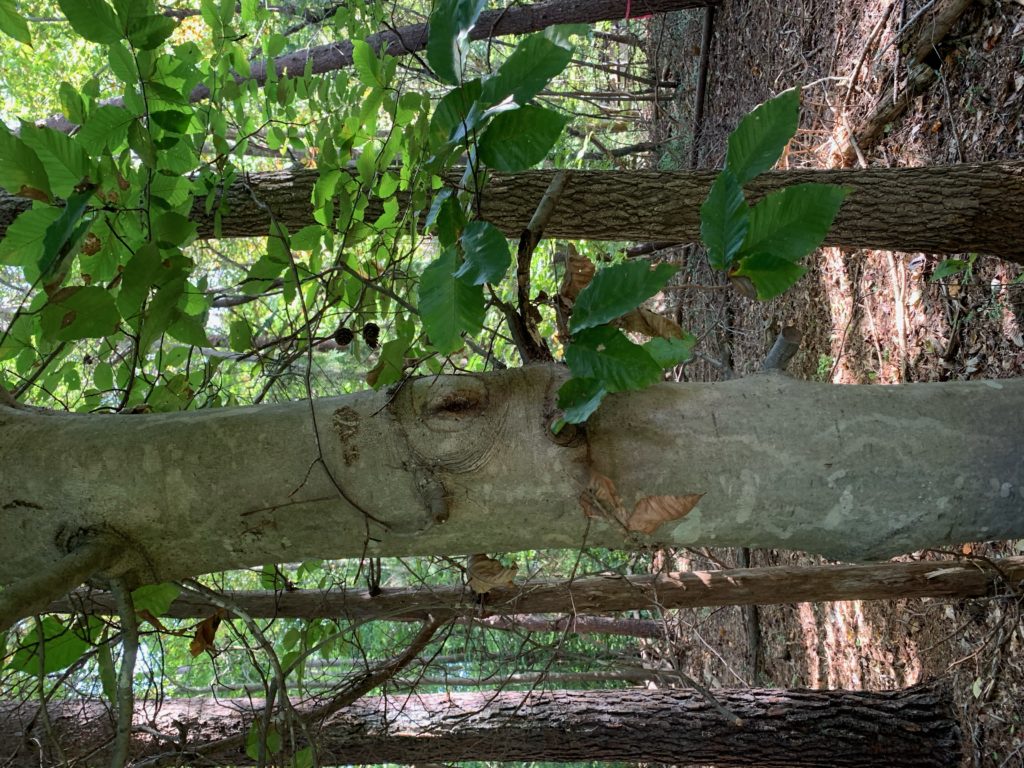Beechdrops – A Native Parasitic Plant
go.ncsu.edu/readext?741300
en Español / em Português
El inglés es el idioma de control de esta página. En la medida en que haya algún conflicto entre la traducción al inglés y la traducción, el inglés prevalece.
Al hacer clic en el enlace de traducción se activa un servicio de traducción gratuito para convertir la página al español. Al igual que con cualquier traducción por Internet, la conversión no es sensible al contexto y puede que no traduzca el texto en su significado original. NC State Extension no garantiza la exactitud del texto traducido. Por favor, tenga en cuenta que algunas aplicaciones y/o servicios pueden no funcionar como se espera cuando se traducen.
Português
Inglês é o idioma de controle desta página. Na medida que haja algum conflito entre o texto original em Inglês e a tradução, o Inglês prevalece.
Ao clicar no link de tradução, um serviço gratuito de tradução será ativado para converter a página para o Português. Como em qualquer tradução pela internet, a conversão não é sensivel ao contexto e pode não ocorrer a tradução para o significado orginal. O serviço de Extensão da Carolina do Norte (NC State Extension) não garante a exatidão do texto traduzido. Por favor, observe que algumas funções ou serviços podem não funcionar como esperado após a tradução.
English
English is the controlling language of this page. To the extent there is any conflict between the English text and the translation, English controls.
Clicking on the translation link activates a free translation service to convert the page to Spanish. As with any Internet translation, the conversion is not context-sensitive and may not translate the text to its original meaning. NC State Extension does not guarantee the accuracy of the translated text. Please note that some applications and/or services may not function as expected when translated.
Collapse ▲Written by Karen Williams, Master Gardener Volunteer, and Hanna Smith
At the beginning of October, a homeowner in Guilford County emailed a question, trying to identify something that was growing in her yard. It came up every fall, had flexible, almost rubbery feeling stems, and had some strange “roots”. After some
detective work, it was identified as Beechdrops, Epifagus virginiana. While many people are familiar with Indian Pipes or Ghost Plant, Monotropa uniflora, another parasitic plant that grows near beech and other trees, Beechdrops does not seem as well known. As a matter of fact, as I was running on a trail the very next weekend after getting this question, I noticed some beechdrops out of the corner of my eye. It took a minute for my mind to register what I saw, but I stopped, walked back a few feet and saw them. I probably would have never noticed them or knew what they were had it not been for the question from the client.
Beechdrops is a member of the Broomrape family (Orobanchaceae). It is parasitic, meaning it depends entirely on its host plants for food, nutrients, and water. It contains no chlorophyll and obtains its nutrients from the roots of American Beech trees (Fagus grandifolia). Beech trees can be identified by their smooth grey bark and serrated leaves – they’re easy to spot in fall & winter as the dead leaves that are light tan stay on the tree until spring.
Unlike many parasites, Beechdrops are annual– each plant dies at the end of the growing season, so they don’t damage the trees. They have beautiful small, cream and purple-striped tubular flowers from August through November and brown & purple striped stems that usually dry up and last through winter.
So next time you’re out near beech trees, take a close look underneath. Maybe you too can spot this unusual native plant.
Lady Bird Johnson Wildflower Center Plant Profile
West Virginia Wildlife Magazine Article on Beechdrops
NC State University Extension Gardener Plant Toolbox Profile
Virginia Tech Dendrology Plant Profile






